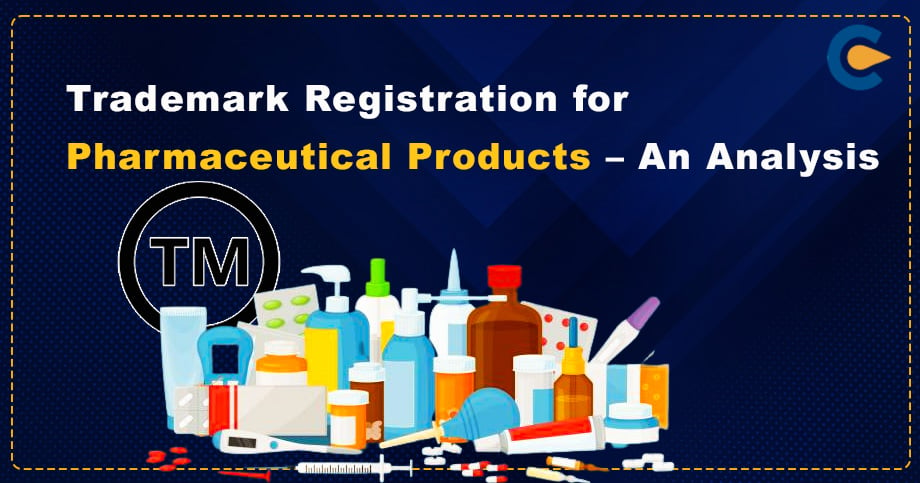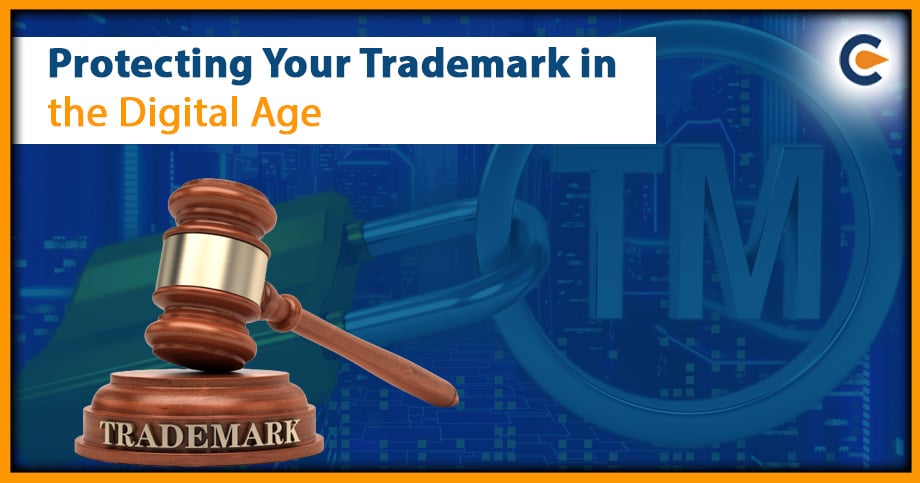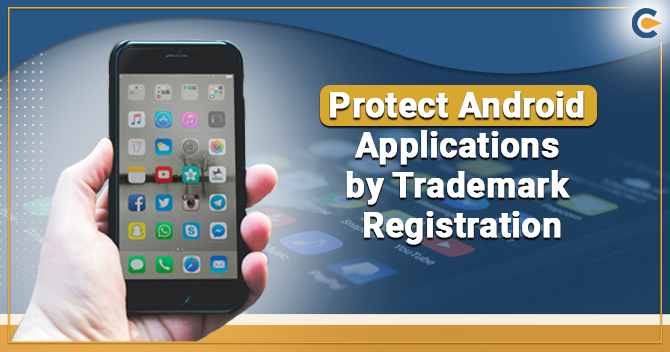The industry with the fastest growth in India is pharmaceuticals. India exports about 20% of the pharmaceutical products sold worldwide. India is a source of organic and inorganic pharmaceutical products for various global economies. However, it is also true that Pharma Companies face intense competition in the drug industry and that their costs for branding and marketing are rising daily. Similar to regular trademarks, pharmaceutical trademarks are distinguished because they are typically registered for trustworthy pharmaceutical products and services, such as life-saving pharmaceutical drugs and healthcare goods and services. Trademark Registration for Pharmaceutical Products are of so much importance because they are directly related to public health issues.
What is Pharmaceutical Trademark?
These Trademarks are mostly filed for reputable pharmaceutical goods & services. In the case of a Pharmaceutical Trademark, the brand name or drug name is typically taken from the drug’s treatment, salt composition, or any other associated medical work. For instance, if the drug for the liver is called LIV, then the next drug from the same firm will be named LIV-1.
Trademark Registration for Pharmaceutical Products – Importance
Trademarks have become increasingly important in every industry in the twenty-first century. Pharmaceutical company names and trademarks for products are particularly significant because they directly relate to the problem of public health[1]. Pharmaceutical companies spend millions of rupees on developing drugs and obtaining licenses, but they put little time, effort, or creativity into marketing their drugs. Pharmaceutical companies must choose a trademark because, in general, their products are sold worldwide. The same legal framework governs Pharmaceutical Trademark Registrations as other Trademark Registrations.
Bringing a new pharmaceutical drug to the market takes time and money. Even though the process of naming the new drug is not as difficult scientifically, it is frequently just as laborious.
Chemical (or scientific), generic (or non-proprietary), and brand (or proprietary) names are just a few of the names given to medications. The molecular makeup of the drug is described by its chemical name. The generic name describes the substance that makes up the medication and includes a “stem” that tells medical professionals how the drug will operate in the body.
Benefits of Trademark Registration for Pharmaceutical Products
The following are the benefits of Trademark Registration for Pharmaceutical Products:
- Drug manufacturers may be legally protected.
- It aids the customer in selecting the appropriate medications.
- It facilitates the drug manufacturers’ legal action against counterfeits.
- It helps in the branding and marketing of distinctive products.
- It provides insight into the company’s favourable reputation.
Pharmaceutical companies must then consider bureaucratic and legal approval, which can be extremely difficult and time-consuming. This comes after choosing potential names for a new product or drug. Companies must conduct a global trademark search before launching a new pharmaceutical product to ensure that other businesses haven’t already used their desired mark and that their branding doesn’t negatively impact some regions. It is important to seek the approval of health authorities before selling any kind of pharmaceutical product in India.
Documents Required for Trademark Registration for Pharmaceutical Products
Following are some vital documents required for Trademark Registration for Pharmaceutical Products:
- For a Single proprietorship
- Name or Logo to be registered
- Owner Name and Registered Address ( Residential or Business Address)
- For a Partnership Firm
- Partnership Deed
- Name or Logo to be registered
- For a Private Limited Company
- Certificate of Company Incorporation.
- Name or Logo to be registered
- For LLP (Limited Liability Partnership)
- Certificate of Incorporation for LLP
- LLP Contract
- Name or Logo to be registered
Note: If the applicant is a Private Limited Company, LLP, or Partnership Firm, they are requested to provide MSME or UDYAM Registration Certificate if they are coming under the MSME category.
Process of Trademark Registration for Pharmaceutical Products
Following is the step-by-step procedure for Trademark Registration for Pharmaceutical Products:
- Searching for a trademark: It is the first thing to do in the Trademark Registration for Pharmaceutical Products. It looks for names, brand marks, and logos already in use.
- Selecting the Trademark Class and Category: The trademark authorities offer a broad range of products and services divided into 45 Classes for trademark registration. For Pharma Companies, most goods have been classified 5 and 35 in some exceptional circumstances. A request for the registration of collective marks or certification marks may also be made, depending on the needs of the business.
- Filling out the Trademark Application Form: The applicant must log in to the Trademark Registration for Pharmaceutical Products portal after choosing the appropriate class of goods to be registered. All information about the business and the item for which the trademark is to be obtained must be submitted using Form TM-A and properly certified/attested by a registered trademark attorney.
- Payment of Trademark Fees: After submitting the Form, pay the necessary fees as indicated on the portal.
- Receiving an acknowledgement: Following a successful payment, a receipt or reference number (application number) is generated that can be used to check on the status of an application at a later time.
The trademark authorities and the appropriate officer will review the application for examination once submitted. The officer notifies the applicant whether or not their application was accepted. Following approval, it is additionally published for approximately four months in a Trademark Journal for advertising in which either trademark would be registered, objected to, or opposed, as the case may be.
Note: The trademark is registered for a minimum of 10 years after approval, after which it must be renewed.
Conclusion
After Trademark Registration for Pharmaceutical Products is done, it can only be used with the owner’s consent. Potential investors will always be curious whether a company has trademarked its name, essential products, or services because it will increase value. Under trademark laws and the rules established for its use, reuse, assignment, etc., a trademark provides security to goods or services. The trademark authorities can impose harsh fines if a trademark is copied after it has been registered without the owner’s consent.











